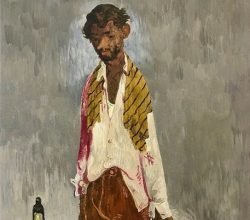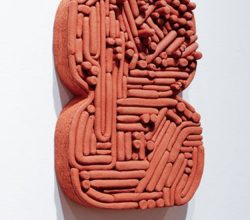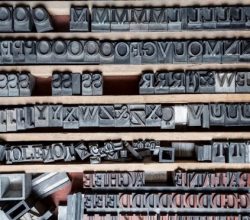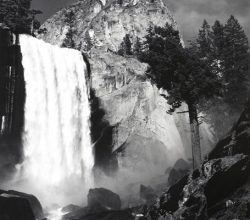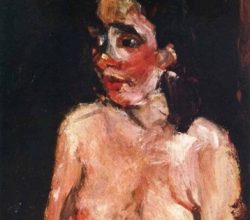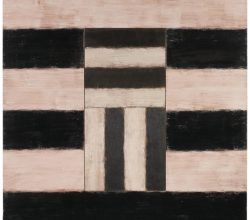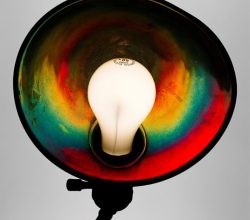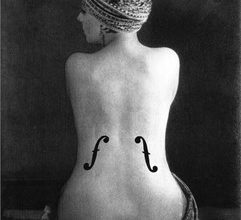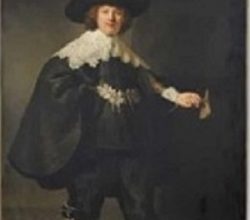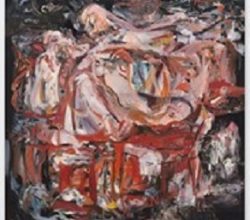
Christie’s Auction House Will Now Accept Cryptocurrency
James Tarmy | Bloomberg | 18th February 2021
The above headline misses the point. Beeple is a popular digital artist whose images are each a digital file. Digital art is easily copied but if it is “published” to blockchain a verifiably original version can be created. For the art market, uniqueness means saleability. Spotting an opportunity to validate this artform, Christie’s will auction a Beeple work next week. Says Beeple “I don’t think people are fully recognizing that this is going to be a massive, massive shift”.

